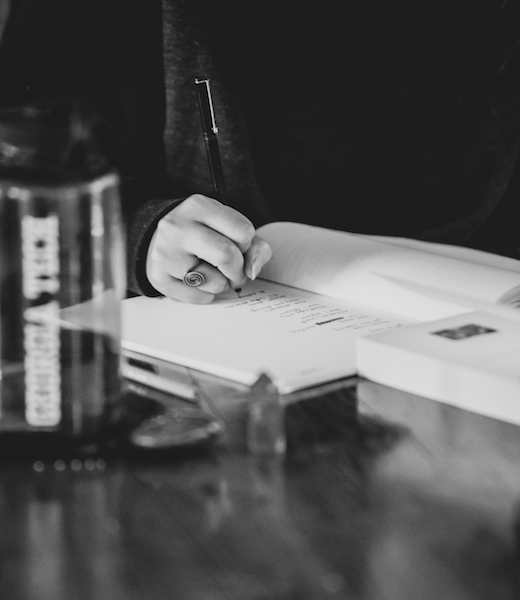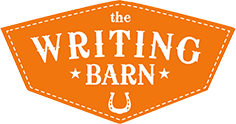
Now that Poetry Month is over, I’m sure you have plenty of pieces just sitting on your laptop or in your journal from all of April’s inspiration. I know I do. Well, what happens now? Usually, I’d say that revision is the hardest part of writing, but for someone like me who only can stare at a blank page for hours before writing something even remotely poetic, I’d say writing poetry is equally as difficult. But that shouldn’t stop us from working! Think of May as the month of revisions, poetry month part two if you will.
What I’ve learned about revision is that revising and editing are easily confused but two very different things. Think of editing as tweaking the original work. Maybe changing line breaks, fixing spelling or adjusting syntax, but sticking to the original idea. Think of revising, however, as a fundamental change to the core of the poem. It completely reworks the idea of the poem, sometimes sticking to the theme, other times not. Revision isn’t necessary for every poem, but if you’ve ever written something that doesn’t feel complete, or maybe it’s close but you don’t know what it’s missing, the poem might be further from finished that you originally thought. Try changing the form, the speaker, or completely reworking the main idea. In case you’re stuck in the revising process, here are a couple exercises and tips to help you keep working.
Backwards Revision Exercise
- Write the poem backwards, line by line. The line ends at the line break. This may make the syntax seem non-sensical.
- Leave a line between each line as you go.
- Fill that empty line in: link the syntax, explore the idea.
Create a Personalized Revision List
Here’s an example from poet Tina Posner
- Remove preamble/warm up.
- Remove extraneous words.
- Edit out clichés, edit in surprise (exceptions made for a colloquial voice).
- Recognize the true ending.
- Find the axis (word or line) around which the poem turns.
- Listen to what the poem wants to say; help it be more precise.
- Remove all magnificent BS (prettified obscurities).
- Rethink all pronouns—who is speaking to whom?
- Rethink all verbs—are they working hard enough?
- Rethink all nouns—are they specific enough? Too precious?
- Remove adverbs (generally).
- Passive voice (almost never).
- Adjust the hotness or coolness of language (over/understatements).
- Consider how momentum builds, add pauses or beats to tease.
- Add more/less music (assonance, slant rhyme, meter) in general, for effect.
- Make line and stanza breaks purposeful (to follow breath, highlight words).
- Rethink the logical order of everything.
- Consider breaking 4th wall and revealing a bit of the construction.
- Make more patterns but don’t make them perfect.
- Reread through the eyes of a specific reader (put it in an email, for example, and suddenly awkwardness pops).
- Balance language of the head and heart.
- Challenge anything that shows the author in a good light.
- Be more generous to everyone else.
- Consider recasting the point of view.
- Move from abstract to sensory wherever possible.
- Gesture toward something without saying it, if you can make that clear enough.
- Think about the poem’s relationship to negative space on the page.
- Find your sweet spot for references: topical vs lasting, public vs private
- Check your math on symbols and metaphors and remove false equivalence, mixed metaphors, figurative overload.
- Let a shift in sound change the direction of thought.
- In the end, a journey is more interesting than a confirmation.
- Remove inaccuracies that undermine credibility: factual, grammatical, typos.
Beauty is in the eye of the beholder. While poetry is a form that welcomes more conversation between author and reader than other forms of literature, you, the poet, know when your poem is finished. So take time to revise, as much time as you spent writing, even, but listen to your gut, and trust the process.
written by Writing Barn intern Madison Cotton
